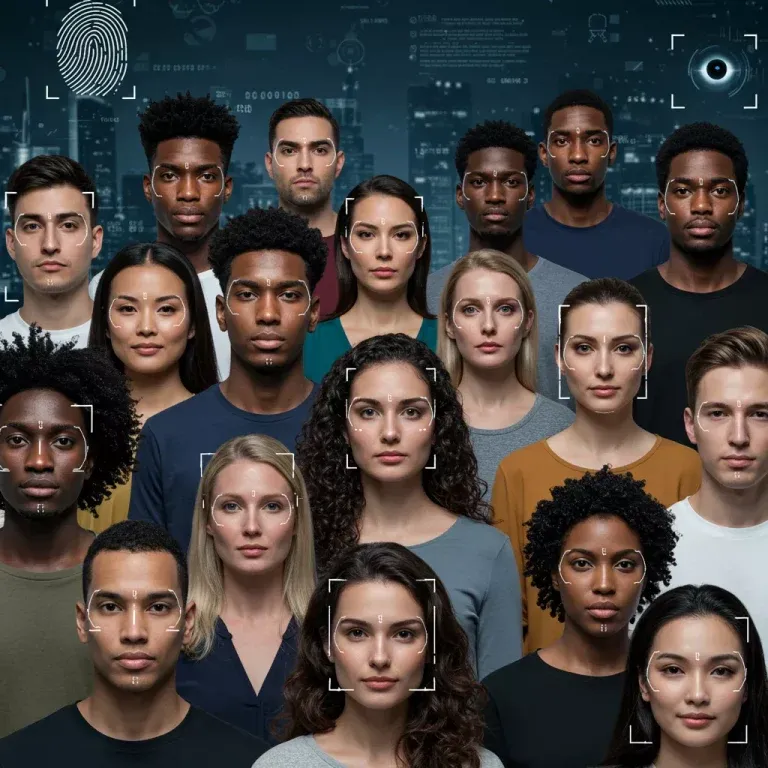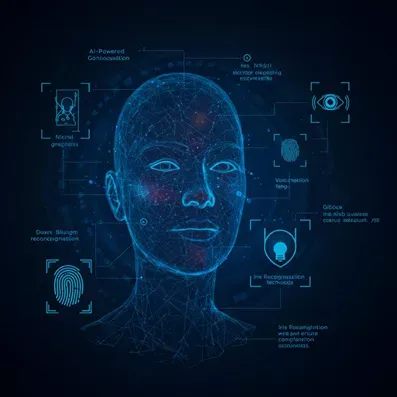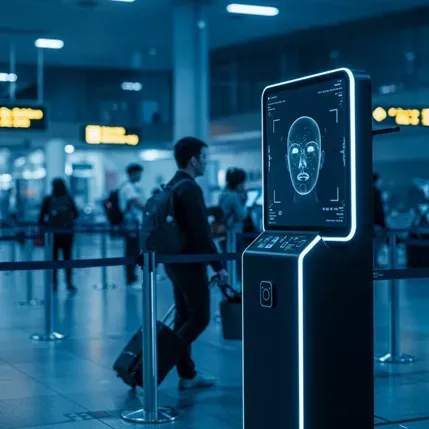Artificial Intelligence: Revolutionizing Human Biometric Recognition

In recent years, Artificial Intelligence (AI) has significantly transformed the field of biometric recognition, enhancing the accuracy and efficiency of systems that identify individuals based on unique physiological and behavioral characteristics. This integration has led to advancements in various biometric modalities, including facial recognition, fingerprint analysis, iris scanning, and behavioral pattern recognition (Aratek, 2023).

AI in Facial Recognition
Facial recognition technology has benefited immensely from AI, particularly through the application of deep learning and machine learning algorithms. These AI-driven methods have improved the system’s ability to analyze complex facial features, leading to more precise identification across diverse populations. By training on extensive datasets, AI models can now effectively reduce false acceptance rates and enhance performance across different demographic groups (BSI, 2023).

AI in Fingerprint Analysis
The application of AI in fingerprint recognition addresses challenges such as low-quality, damaged, or partial prints. Machine learning techniques, including Artificial Neural Networks (ANNs) and Convolutional Neural Networks (CNNs), have been employed to improve the accuracy of fingerprint identification. These AI models can automatically learn and extract relevant features from fingerprint data, enhancing the system’s ability to correctly identify individuals despite imperfections in the prints (MobiDev, 2023).

AI in Iris Recognition
Iris recognition systems have also seen improvements through AI integration. Machine learning algorithms can analyze the intricate patterns of the iris with high precision, facilitating accurate identification. For instance, research has demonstrated that AI can distinguish between live and deceased irises, achieving high accuracy rates, which is crucial for enhancing security in sensitive applications (Aratek, 2023).
AI in Behavioral Pattern Recognition
Beyond physical characteristics, AI has expanded the capabilities of biometric systems to include behavioral pattern recognition. By analyzing unique behaviors such as keystroke dynamics and gait patterns, AI models can create individual profiles for identification purposes. This approach adds an extra layer of security, as behavioral biometrics are more difficult to replicate than physical traits (BSI, 2023).
Security Implications and Countermeasures
While AI enhances biometric systems, it also introduces new security challenges. AI-specific attacks, such as adversarial examples designed to deceive AI models, pose significant risks. Conversely, AI can be utilized to generate sophisticated spoofing artifacts, like deepfakes, that can compromise biometric systems. To mitigate these threats, it is essential to implement robust countermeasures, including continuous monitoring and updating of AI models, as well as incorporating liveness detection mechanisms to ensure the authenticity of biometric inputs (MobiDev, 2023).
Regulatory Considerations
The deployment of AI-driven biometric systems necessitates careful consideration of ethical and legal implications. Regulatory frameworks are being developed to address concerns related to privacy, data protection, and potential biases in AI models. Organizations must ensure compliance with these regulations to maintain public trust and uphold the integrity of biometric recognition systems (BSI, 2023).
Conclusion
The fusion of Artificial Intelligence with biometric recognition technologies has markedly improved the accuracy and functionality of identification systems. As AI continues to evolve, it is imperative to address the accompanying security and ethical challenges proactively. By implementing comprehensive countermeasures and adhering to regulatory standards, AI-driven biometrics can offer secure and efficient solutions for identity verification in various sectors (Aratek, 2023).